Brazilian name: tico-tico
Chilean name: Chincol
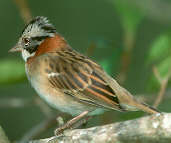
The Rufous-collared Sparrow is found throughout South America apart from in the Amazon and Orinoco basins.
It is a bird of open and semi-open country and is found round farms and in cities. It is so common that I have heard of some birders getting abuse from others if they so much as lift their bins to look at one. I think this is a bit unfair on such a good-looking wee bird.
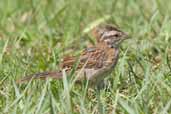
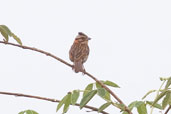
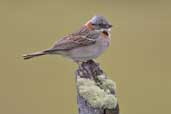
It has been said that the Rufous-collared Sparrow is retreating from some South American cities as the House Sparrow (Passer domesticus) takes over. However, there is some debate about this.Ridgely & Tudor are noncommittal with the statement that it "remains numerous in cities without House Sparrows". Sick, on the other hand, points out that the 2 species have radically different ecological requirements. The Rufous-collared Sparrow is highly territorial, is not primarily a city bird and it builds its nest in quite low vegetation. The House Sparrow in contrast is more colonial and establishes itself high up on buildings.
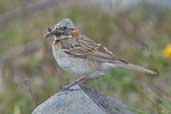
There are recordings and a distribution map on xeno-canto.
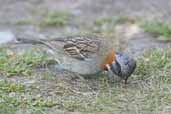
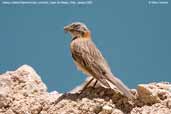
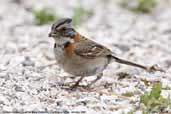
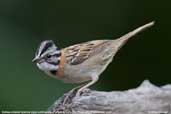
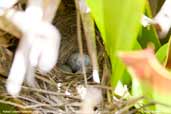
| Previous Page | Back to Index | Next Page |